Lhasa
Lhasa of course was the capital of Tibet and is now the capital of The Tibet Autonomous Region in China and that change is evident everywhere. Today Lhasa is a Chinese city, from the highrise appartments, the shopping malls, the elevated freeways to the large government office buildings China, not surprisingly, is everywhere. It is only on that second look does one see the Tibetan influence. And today we were off to take a more detailed second look.
The first stop on the days itinerary was Jokhang Temple. There is a long and complicated story regarding this Temple related to how Buddhism came to Tibet. Two different princesses each obtained a statue of Buddha and brought them to the then king and this temple was built to hold one of them. After year of intrigue the other statue ended up being housed here. All very important to the local Buddhists but difficult for an outsider to hold on to. The entry to this place was interesting. We required passports (locals required their ID card), and there was a security screening with one of those airport machine. Also while in the entry line there were ladies offering to change Yuan notes into 1-yuan notes so that visitors had small change that could be used as donations to the temple. They were offering to give you 80 1-yuan notes for every 100-yuan note. They claimed to also donate the 20 yuan you lost to the temple. Wierd.
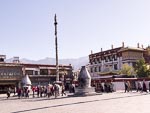
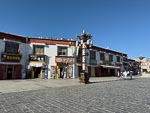
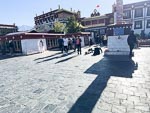
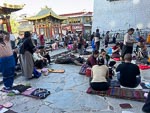


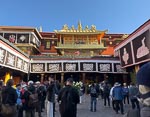
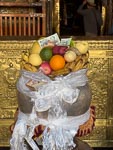
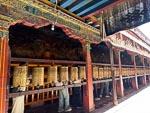
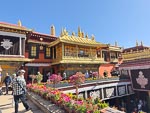

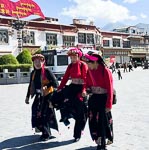
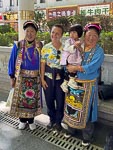
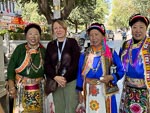
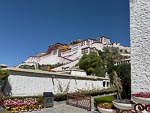
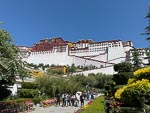
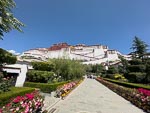
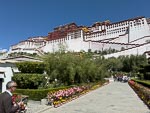
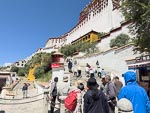
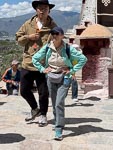
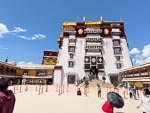
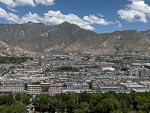
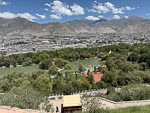
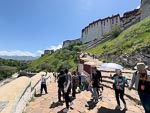
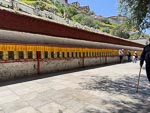
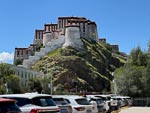
The highlight of the day was without a doubt the Potala Palace. This is the famous white and red building built on the side of a hill that you would have see if you have ever looked up anything about Tibet. It was built in the early 1600's as a home of the reigning Dali Lama and as the seat of government for Tibet. The white lower part of the building is the original construction, the upper red part was added in the late 1600s.
A visit to the palace requires a substantial feat of exercise as the a visitor must climb from below the bottom of the palace to the very top an altitude gain of over 300m (1000 ft) and remember this is at an alitude of 3500 meters. Most of the climb is on irregular stone steps on the outside of the building ending at an open court yard. From this courtyard the climb continues inside the building and winds through a series of rooms and steep stairways another 4 or 5 levels past various religous displays. These display rooms typically are overseen by a monk who seems to spend part of his day distracting himself on his smart phone.
The decent is a separate route but with the same pattern. First a decent inside the building, then stone external zig-zag stair way. The decent gave a very good view of the city below.